How to Get rid of Pimples Inside the Nose? A best Guide
Welcome to the concise guide on tackling an unexpected and uncomfortable concern: pimples inside the nose. Whether you’ve experienced this firsthand or are curious about prevention, this article outlines the symptoms, causes, and effective treatments to bid farewell to these pesky intruders. Let’s delve into a straightforward roadmap for understanding and eliminating pimples inside the nose, ensuring you’re armed with the knowledge to address this common but often overlooked issue.
Understanding Pimples Inside the Nose:
Pimples inside the nose can be an uncomfortable and irritating experience. These tiny bumps, though common, often raise questions about their origin and effective management. Typically, they result from the same factors that cause facial acne – excess oil production, bacteria, and inflammation. However, the unique environment inside the nose, with its sensitive mucous membranes, can amplify the discomfort associated with nasal pimples.
Symptoms of Nasal Pimples and Bumps:
Recognizing the symptoms of nasal pimples is crucial for timely intervention. Common signs include tenderness, redness, and a sensation of pressure within the nostril. Some individuals may also experience difficulty breathing through the affected nostril. Understanding these symptoms helps distinguish nasal pimples from other nasal issues, facilitating appropriate and targeted treatment.
Emergency Care for Nasal Bumps:
While most pimples inside the nose can be managed at home, certain situations may demand immediate attention. Severe pain, rapid swelling, or the development of a visible abscess could indicate a more serious issue requiring emergency care. Understanding when to seek urgent medical attention ensures the prompt resolution of complications and prevents further discomfort.

Causes of Nasal Pimples:
The causes of nasal pimples, while sharing similarities with facial acne, are influenced by the unique environment inside the nose. Understanding these factors is essential for effective prevention and targeted treatment. Here are key contributors to the development of nasal pimples:
- Excessive Oil Production:
Sebaceous glands that produce oil (sebum) are found in the nose and other parts of the face. Pimples can develop as a result of clogged hair follicles caused by excessive oil production.
- Bacterial Growth:
The nasal passages are home to various bacteria, and when this microbial balance is disrupted, it can result in infection and inflammation, contributing to the formation of pimples.
- Nose Picking:
Engaging in the habit of nose-picking can introduce bacteria from hands or nails into the nostrils, causing irritation and potentially leading to pimple development.
- Hormonal Changes:
Fluctuations in hormone levels, such as those occurring during puberty, menstruation, or pregnancy, can stimulate the sebaceous glands, increasing oil production and the likelihood of nasal pimples.
- Poor Hygiene Practices:
Inadequate cleansing of the nasal area can allow dirt, dead skin cells, and bacteria to accumulate, providing a conducive environment for pimple formation.
- Environmental Irritants:
Exposure to environmental irritants like dust, pollen, or pollution can trigger inflammation in the nasal passages, potentially leading to the development of pimples.
- Use of Certain Medications:
Some medications, especially those administered intranasal, may have side effects that include nasal irritation and the formation of pimples. Understanding these potential reactions is crucial for those using such medications.
- Allergies:
Allergic reactions can cause inflammation and itching in the nasal passages. Persistent rubbing or itching can damage the delicate skin inside the nose, creating an environment conducive to pimple formation.
- Ingrown Nose Hairs:
Ingrown hairs in the nostrils can become inflamed and infected, leading to the development of painful pimples.
- Underlying Health Conditions:
Certain medical conditions, such as immune system disorders or chronic skin conditions, may increase susceptibility to nasal pimples. Managing these underlying conditions is essential for preventing recurrent issues.
Understanding these causes empowers individuals to adopt preventative measures and make informed choices regarding their nasal hygiene. While nasal pimples are common and usually benign, recognizing and addressing the contributing factors is key to effective management and minimizing their occurrence.
Medications and Nasal Pimples:
Unexpectedly, specific medications can contribute to the occurrence of nasal pimples. Being aware of the potential side effects of medications, particularly those administered through the nose, can reveal unforeseen skin reactions. If you suspect a correlation between your medication and nasal pimples, seeking guidance from a healthcare provider can assist in exploring alternative treatment options.
Treatment Strategies for Pimples Inside the Nose:
Effectively treating pimples inside the nose involves a combination of gentle care and targeted interventions. Warm compresses, saline nasal rinses, and avoiding the temptation to pick the nose can alleviate discomfort and promote healing. In certain instances, over-the-counter topical treatments might be suggested, but it’s essential to exercise caution, considering the sensitivity of the nasal mucosa.
Complications and Risk Factors:
Although nasal pimples are typically harmless, neglecting treatment or having underlying health conditions can lead to complications. Extended inflammation may result in abscess formation, heightening the risk of more serious infections. Individuals with weakened immune systems or specific medical conditions may be particularly vulnerable to complications, underscoring the significance of diligent care.
Diagnostic Tests for Pimples inside the Nose:
In cases where nasal pimples persist or recur frequently, diagnostic tests may be necessary to identify underlying causes. Cultures, imaging studies, or allergy tests may be employed to pinpoint contributing factors and inform a more targeted treatment plan. Seeking professional medical advice ensures a comprehensive understanding of the issue.
Seek Healthcare:
While many cases of pimples inside the nose can be managed at home, there are instances where consulting a healthcare provider is essential. Persistent or worsening symptoms, the development of complications, or uncertainty about the cause warrant professional evaluation. Timely medical intervention ensures appropriate care and minimizes the risk of complications.
Conclusion:
In conclusion, navigating the realm of pimples inside the nose requires a comprehensive understanding of their causes, symptoms, and effective treatments. Armed with this knowledge, you can confidently address this common issue, promoting quick relief and preventing future occurrences. By recognizing the importance of proper care and seeking medical advice when needed, you empower yourself to breathe easier and enjoy a nose free from unwanted intruders.
Frequently Asked Questions:
Q1: Can stress contribute to pimples Inside the nose?
While stress itself may not directly cause pimples inside the nose, it can exacerbate existing skin conditions and contribute to increased oil production, potentially influencing their development.
Q2: Are nasal pimples contagious?
No, nasal pimples are not contagious. They are typically the result of individual factors such as hygiene practices, hormonal changes, or underlying medical conditions.
Q3: Can I use regular acne products on nasal pimples?
It’s crucial to use caution with acne products inside the nose, as the mucous membranes are sensitive. Consult with a healthcare provider before applying any topical treatments to this area.
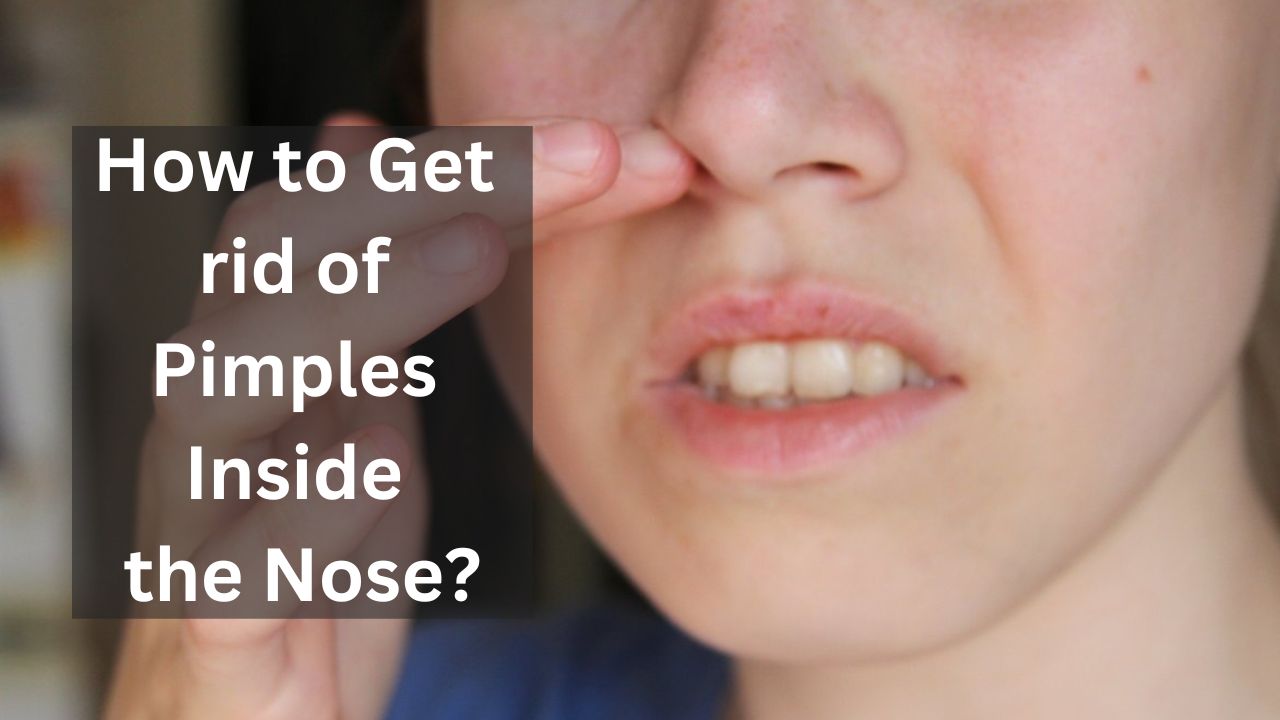
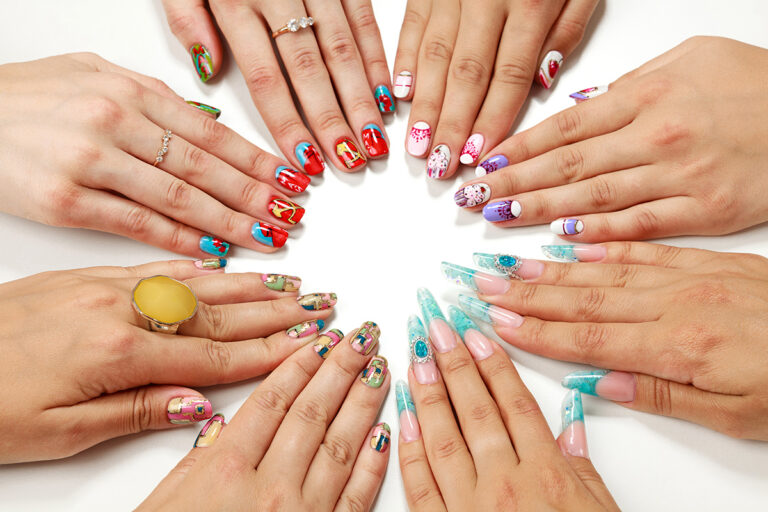

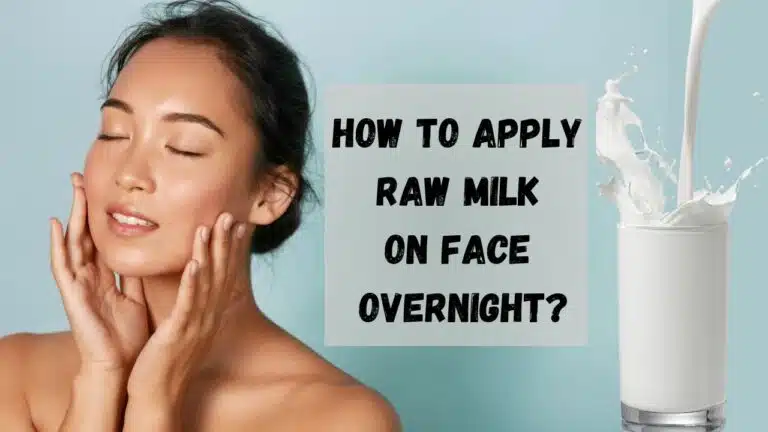
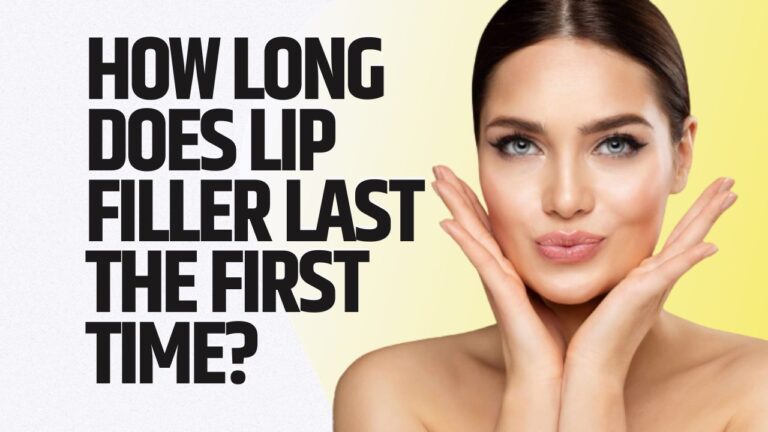

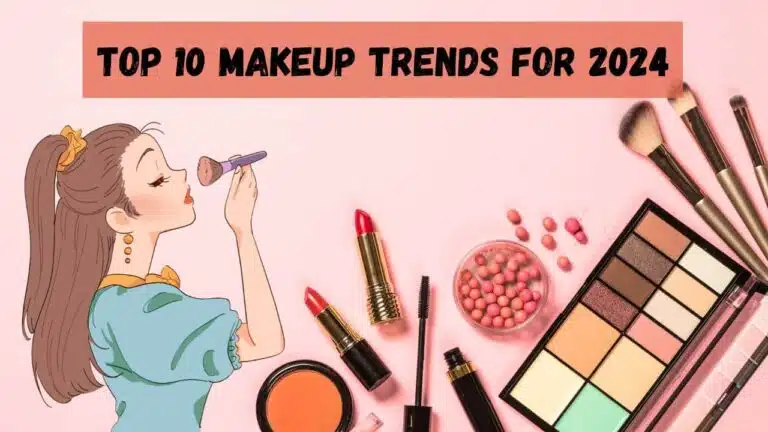
One Comment